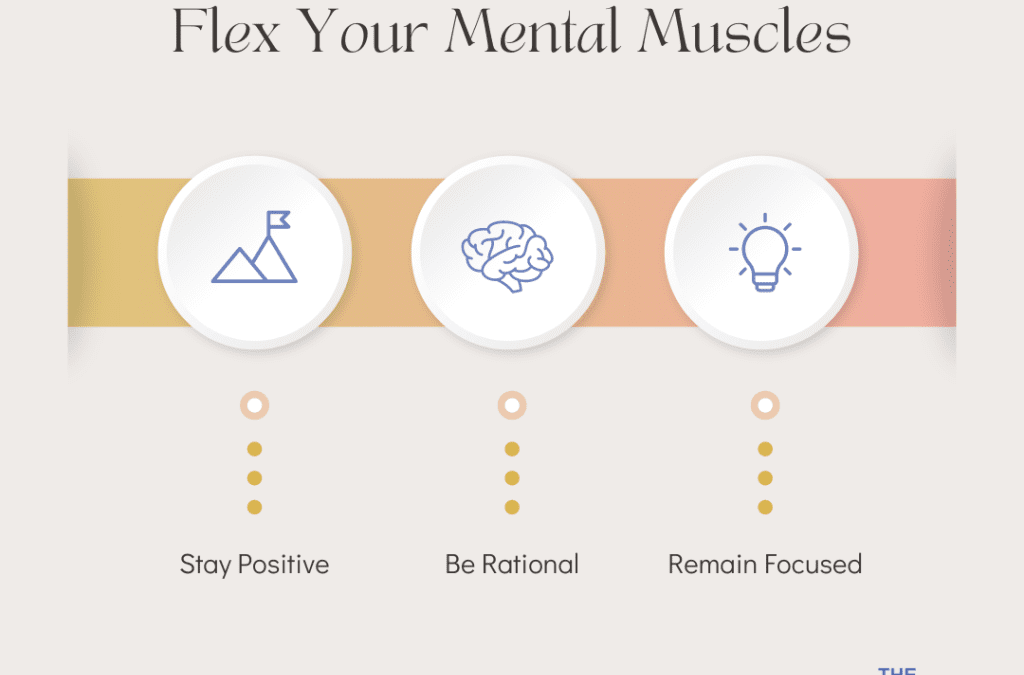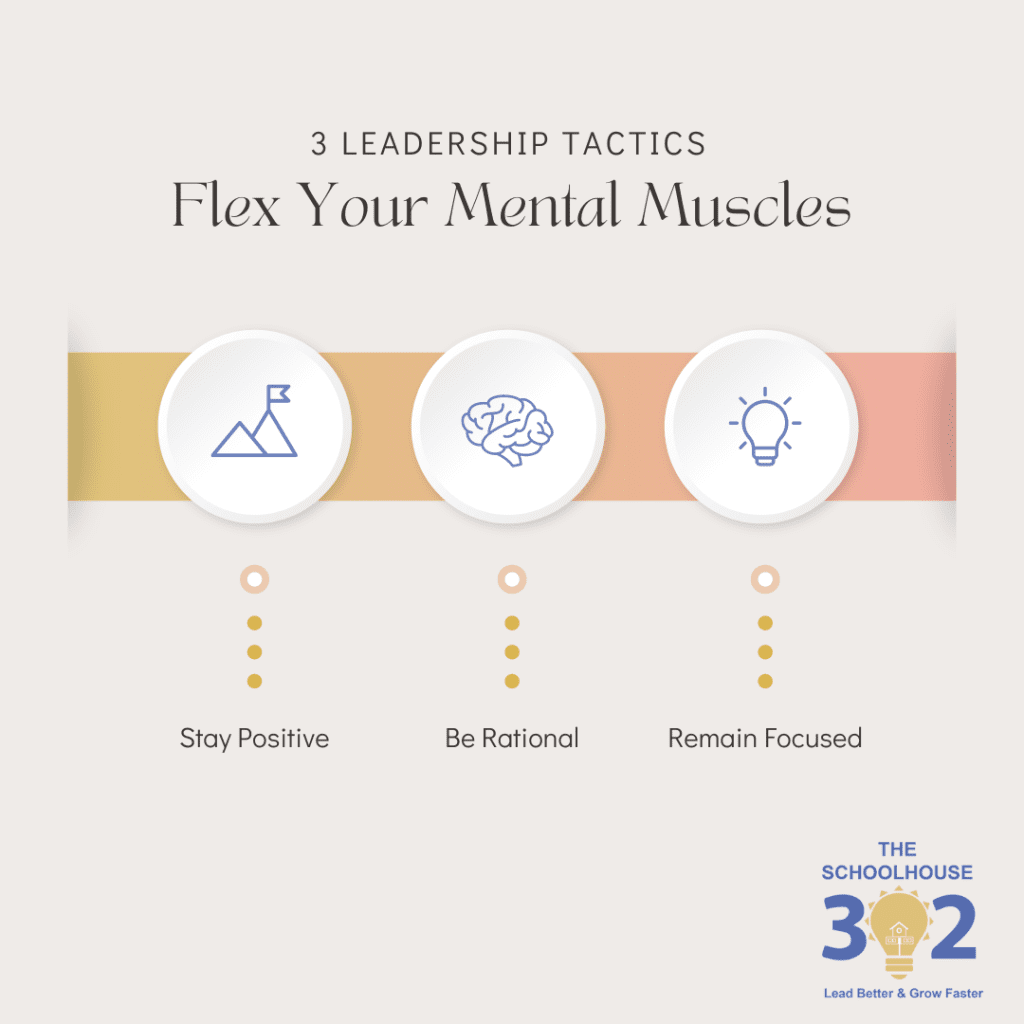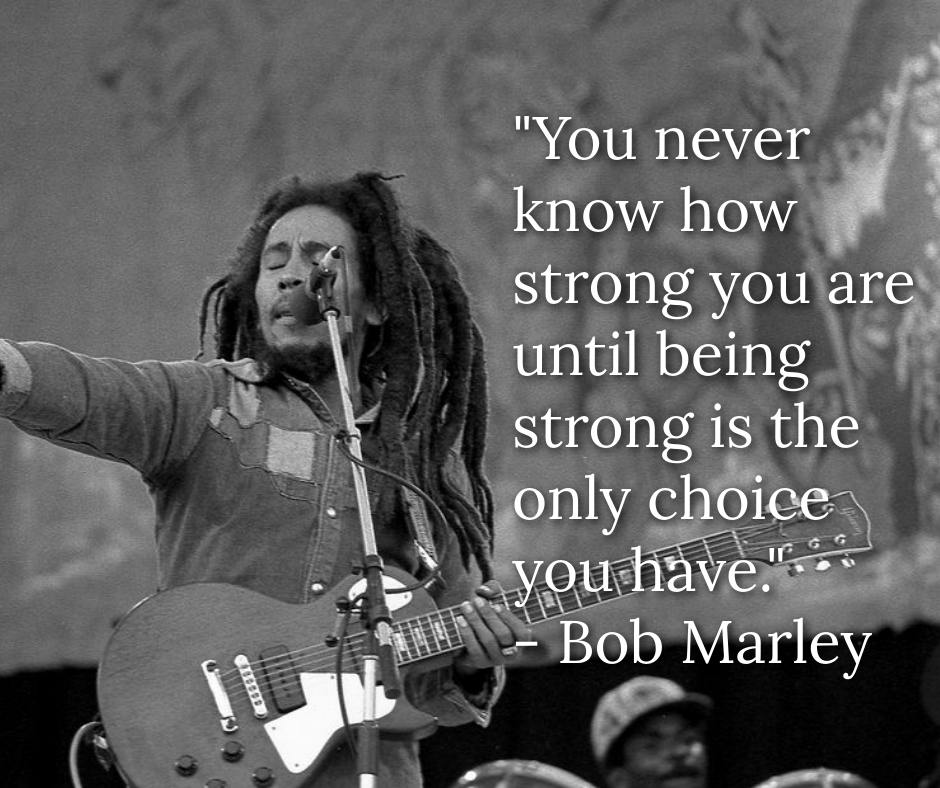
Leading with H.O.P.E.
A Gallup survey confirms that the four most universal needs that people require from their leaders are trust, compassion, stability, and…hope.
When we lack hope and we feel dissatisfied with our current state, it’s the leaders of the world who step up to provide a hopefulness for a better time to come. Although hope is a leadership quality, encompassing everything from renewing faith to instilling family values, you can’t simply hope for hope. Hope is not a passive act of wishful thinking. There are tips, tools, and tactics that leaders use when people need hope. Let’s be clear, humans always need hope. Encouragement that the future is bright is essential for staying healthy and strong, especially in terms of mental toughness. But, in uncertain times, tragic events, and moments of massive changes, people need hope more than ever.
Following the model below will help you to lead better with hope at the forefront. If the people who rely on you for stability are feeling hurt and angry by recent events or anxious about what school might look like in the fall (or both), your job is to help with hope. Let us demonstrate what it means, why it’s critical for everyone on the team, and how you can make it a reality now.
Humor
Humor is medicinal. Laughing actually “reverses hormonal changes brought on by cortisol and other stress-related chemicals.” Your body can boost your mental state through increased endorphins, serotonin, and dopamine simply by listening to a fun story or telling a joke.
The problem is that during a crisis or low point it doesn’t seem like the appropriate time to have a laugh, but there are opportunities to take-heart and bring joy and laughter into your life no matter what. We’re not talking about making fun of the situation or trying to bring levity–that would be totally insensitive. We’re talking about ensuring that people have an outlet to lighten the burden they feel. When we inject humor in the right moment, we actually improve relationships and provide hope for a better tomorrow.
Start with Yourself: Laughing at yourself, telling a funny story about something stupid you did recently, and allowing others to see the light side of you, brings humor into the equation without having to be a comedian. And, you don’t need to be funny all the time. The point is that the more serious things get, the more likely people need a dose of dopamine to calm them down. Leaders provide humor as hope.
Optimism
Optimism is a way of thinking. It doesn’t mean that you see everything through rose-colored glasses. It just means that you believe that taking action to make improvements is better than self-pity. An optimistic outlook actually helps with sleep, resilience, and even life expectancy. All things that people need in times of trouble.
If you’re generally skeptical, assuming the worst in situations and people, you’ll need to work harder than a natural optimist. Remember, though, that optimism is a choice. Great leaders know that the key to a better future rests with what we do today. If you listen closely to a skeptic, they’re typically consumed by what they perceive is happening to them versus the things that they can control.
Take a Step Back: Whenever you fall into the trap of skepticism, try looking at the big picture. And whenever one of the people you serve seems to be skeptical, help them to take a step back and examine the situation using a wider lens. Leaders create optimism as hope.
Positivity
Needless to say, a positive mindset is a trait that great leaders possess. But imagine the immense benefits that come with this type of outlook–lower rates of depression, coping skills during hardships, cardiovascular health, and better psychological well-being. Wow.
In the peak intensity of a terrible scenario, being positive is almost impossible. But great leaders are able to find a sliver of positivity in every situation. The power in filtering out the negativity is so great that effective leaders know that there’s no more important space for positive thinking than when things seem bleak.
Kind Self-Talk: Your ability to remain positive starts with how you talk to yourself. If you don’t treat yourself with kindness, you’ll struggle to love and respect the people you serve. Whenever a negative thought creeps into your mind, counter it with something that makes you feel good about your work, your life, and the people around you. And listen closely to how the people you serve seem to be talking to themselves. Leaders create hope by helping people to think with positivity in mind and spirit.
Energy
Sometimes the worst part of a stressful situation is that it zaps all of our energy. The time in which you need to be at your best, you find yourself overly fatigued, unable to rest, and incredibly anxious. Worse yet, in order to be an effective leader who is able to find proper ways to instill a bit of humor, to remain genuinely positive, and to offer optimism for those you lead, you need to be in a resourceful state-of-mind, which requires an immense amount of energy.
To have energy requires effort. The decision to ensure that we have a sound mind, body, and spirit makes the difference between energy and exhaustion. We must have the courage to confront ourselves and our own behaviors in order to be fully prepared to handle and manage difficult situations. What we eat and drink impacts our mood and physical well-being; how we think dictates our outlook on life; and our belief in our purpose fuels our passion.
Start Your Day Right: As tempting as it is, the last thing you should do when you roll out of bed is to grab your phone. FOMO is real and can truly start altering your behavior, guiding your decisions, and hijacking your day. Checking Twitter for the latest news or scanning email as soon as your feet hit the bedroom floor can derail any attempt to start your day off right. Mornings should be viewed as the opportunity to get yourself ready, in every meaningful way, to tackle the day ahead. A glass of water, a few minutes in a peaceful state with a devotional or meditation, and a nutritious breakfast are just three simple ways to maximize the potential to have the energy you need for the rest of the day.
Humor, optimism, positivity, and energy are four aspects of hope that we all need these days. As leaders, especially in schools, we can serve people using a dose of each, remembering that it starts with remaining hopeful ourselves. We hope that you’ll see hope as important as we do.
Stay tuned for challenges, nuggets of wisdom, reflection questions, technical tips, and the best resources for leading better and growing faster. Follow us at dereka206.sg-host.com to join thousands of leaders who get our alerts, blogs, podcasts, and more.
Let us know what you think of this #SH302 post with a like, a follow, or a comment. Find us on Twitter, YouTube, iTunes, Facebook, & SoundCould. And, again, if you want one simple model for leading better and growing faster per month, follow this blog by entering your email at the top right of the screen.
TheSchoolHouse302 is about getting to simple by maximizing effective research-based strategies that empower individuals to lead better and grow faster.






 7 Mindshifts for School Leaders: Finding New Ways to Think About Old Problems.
7 Mindshifts for School Leaders: Finding New Ways to Think About Old Problems. 


